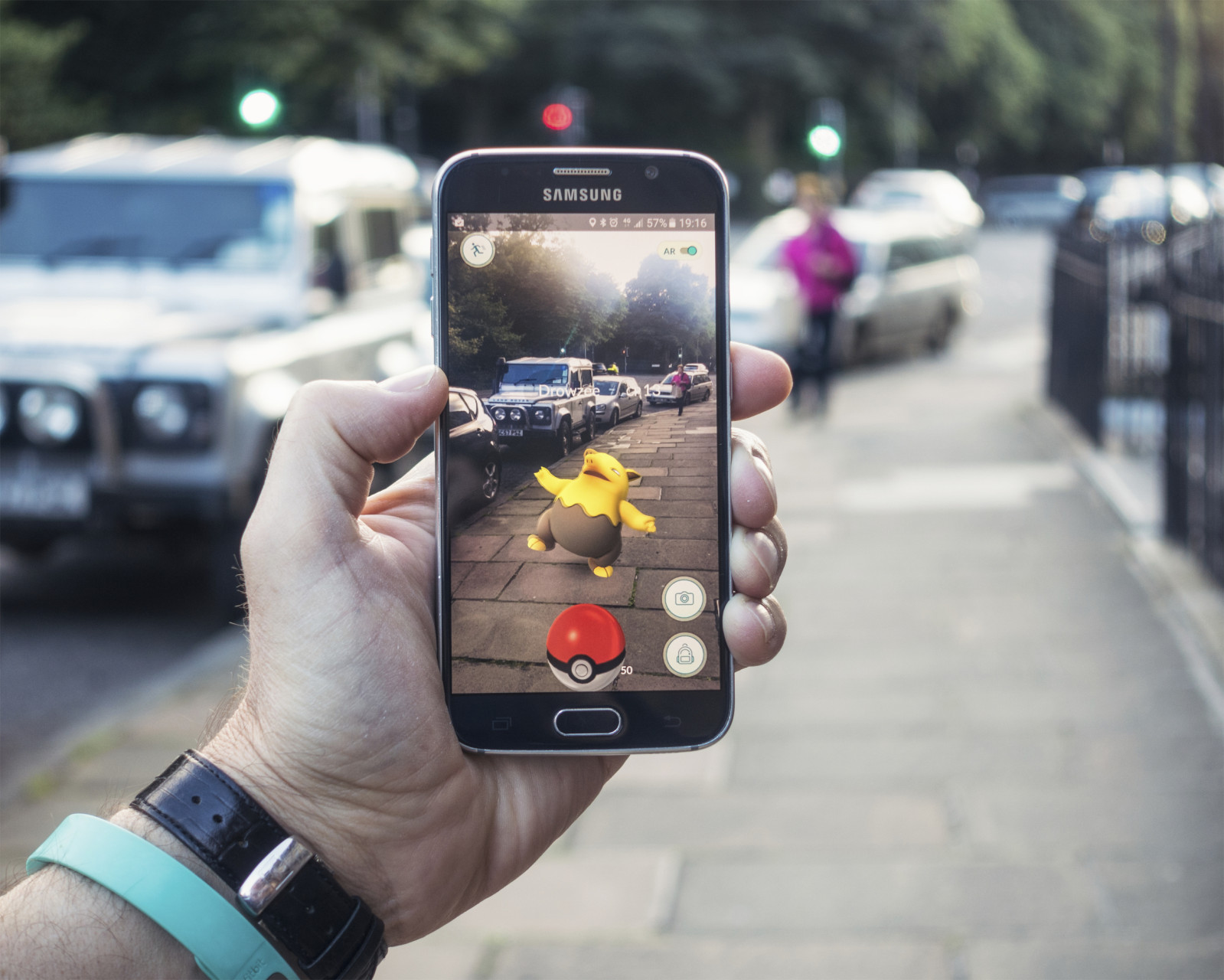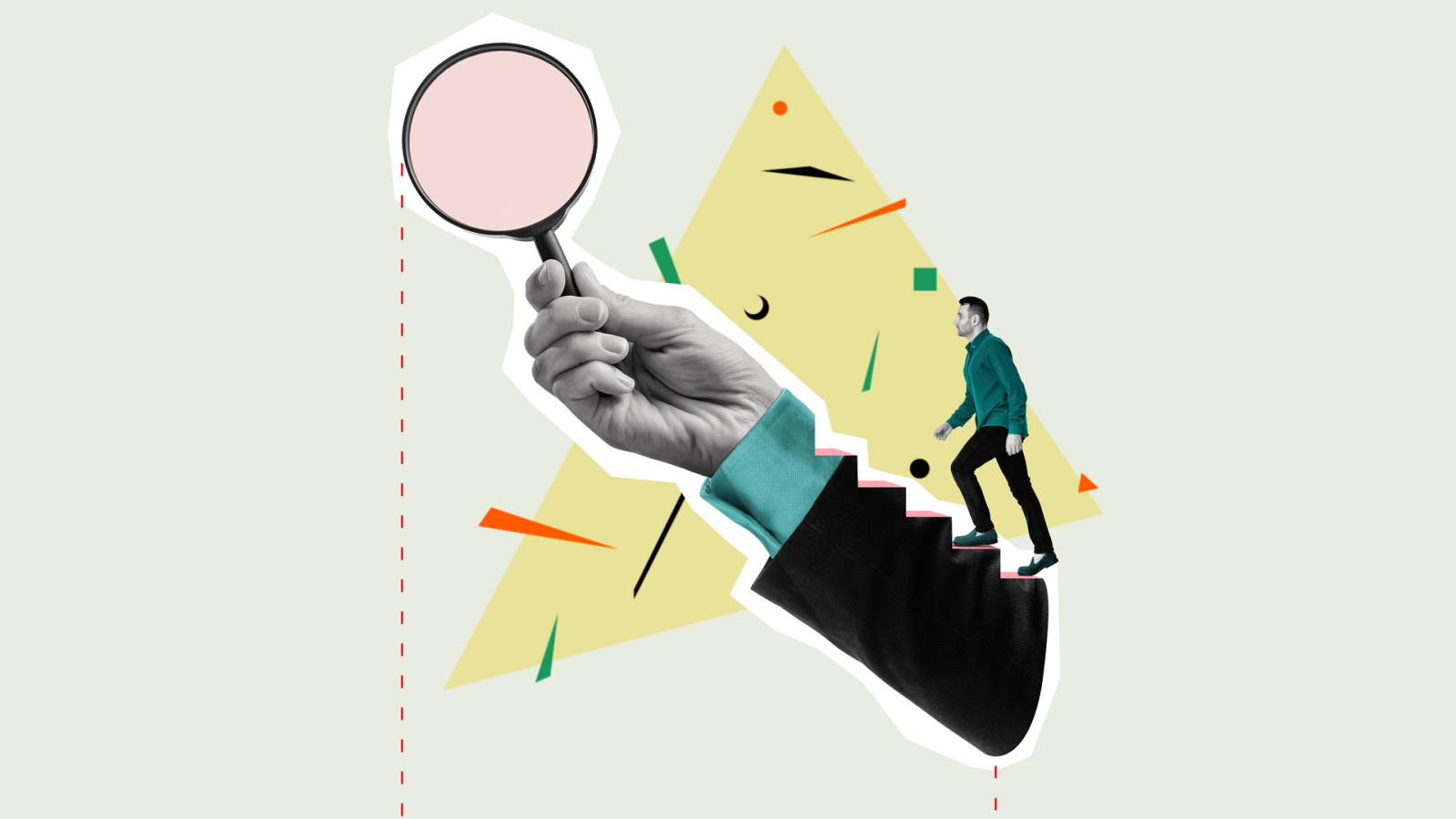Pokémon Go: The future of marketing?
Published Aug 02, 2016 – By Gareth Francis, Editor

In the last few weeks it seems that people have been glued to their phone screens even more than usual. In London it’s hard to walk down a single street without witnessing people tracking tiny characters around virtual maps, or discussing gyms, lures and incense with their friends.
If you haven’t been keeping up with the news, you might be forgiven for thinking there has been some sort of takeover by geographically challenged, incense-burning, fitness fanatic fishermen. In reality, this is simply a result of the release of Pokémon Go. Capturing the hearts of both the young and the nostalgic 20-somethings who enjoyed the original franchise, the game has been a remarkable success story. It has rocketed up the most downloaded mobile game charts and added billions to Nintendo’s market value.
For the uninitiated, the Pokémon world is one filled with hundreds of make-believe monsters, which people (or trainers) can capture, train and battle against others. In its latest incarnation, the game has taken advantage of smart phones and mapping technology to put virtual Pokémon in the real world. Players can find the creatures through the phone app, which when open will alert them to nearby monsters. Using the phone’s camera, the game can make Pokémon appear to be present in the real world. Landmarks on Google Maps have been selected to represent PokéStops, where players can gather in-game goodies, and also gyms, which allow players to train or battle their Pokémon with other users.
It has also presented some fantastic opportunities for savvy marketers. Many businesses have used their own premises or nearby locations as beacons to attract players of the game. Some shops, cafes, bars and restaurants are lucky enough to have been chosen as a gym or PokéStop. For 79p, businesses can buy in-game lures, which when used mean more Pokémon are likely to appear near your location for half an hour. These can be seen by any nearby players, attracting them to your location. Some businesses have advertised when they will be setting these off, allowing users to stop by at the right time. Many will then opt to stay for a drink or a bite. Think about it; for 79p you only need one or two customers to stop by to have profited from it.
Until the initial excitement has died down, it’s hard to know how long love for the game will last. New features are said to be in the pipeline but some have been quick to identify Pokémon Go as a fad rather than fixture. Either way, it has certainly provided some food for thought as far as augmented reality, or AR, is concerned. The technology has been around in some form or another since the ’50s, with varying degrees of success. A few years back it seemed people were not quite ready for Google Glass, yet head-up displays in cars and aircraft are becoming increasingly common. More recently, 360 videos have worked brilliantly, giving people an interactive taste of festivals and sporting events on their phone. At Wardour we’re currently working on some of these ourselves, so watch this space.
Whatever happens next for the game, Pokémon Go has shown that the application of AR can have mass appeal. Just as social media became part of the mainstream, it is likely to form part of your marketing strategy in years to come. For our money, it’s worth exploring it now, if only to begin understanding its capabilities.
Stay ahead of the curve
Sign up to our emails

